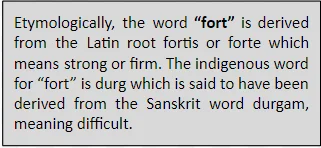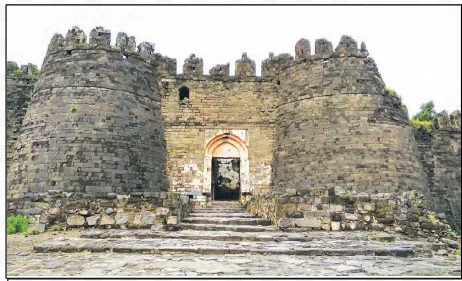![]() 20 Jun 2024
20 Jun 2024
Indo-Islamic architecture is a fusion of Islamic and Indian styles, evolving over centuries. Notable for intricate geometric designs, arches, domes, and minarets, it reflects cultural synthesis and artistic brilliance.
Forts
Structural Meaning: Fort means any structure that is used or built for the purpose of defending a territory by repelling external attacks.



Shape: The minar is a mix of polygonal and circular shapes.



Mediaeval India witnessed the grand tradition of constructing monumental tombs over the graves of esteemed rulers and royalty.

Resting Places: These were small resting places, with their straightforward square or rectangular designs, encircled urban areas and punctuated the vastness of the subcontinent.
| Must Read | |
| Current Affairs | Editorial Analysis |
| Upsc Notes | Upsc Blogs |
| NCERT Notes | Free Main Answer Writing |
Indo-Islamic architecture blends Islamic and Indian styles. Forts, like Chittorgarh and Gwalior, showcased power and strategic design. Minars, such as Qutub Minar, served as call-to-prayer towers and symbols of authority. Tombs, including the Taj Mahal, incorporated charbagh gardens and reflected paradise. Sarais provided rest for travelers and fostered cultural exchange. These structures embody the rich artistic and social tapestry of Indo-Islamic architecture.
<div class="new-fform">
</div>